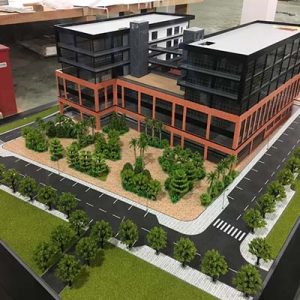
Creating a successful leadership team building training session involves a balance of fun activities and productive exercises. A well-made session can improve teamwork, improve communication, and boost morale.
Below are some steps to design an effective leadership team building training session that is both enjoyable and productive.
Identify the objectives:
Before designing a team building session, it is essential to identify the objectives. Focus on the specific skills or outcomes you want to achieve. For a leadership training session, common objectives might include improving communication, improving problem-solving skills, or building trust among leaders. Setting clear objectives helps guide the planning and ensures that the activities align with the desired outcomes.
Choose engaging activities:
To keep participants engaged and motivated, select activities that is both fun and relevant to leadership development. Choose exercises that encourage collaboration, decision-making, and communication. Games, role-playing, and scenario-based activities work well in leadership training, as they simulate real-life challenges and allow leaders to practice their skills in a safe environment.
Include reflection and discussion:
Along with fun activities, include time for reflection and group discussions. After each activity, give participants the opportunity to reflect on what they learned and how it applies to their leadership skills. Facilitated group discussions can help participants share insights and learn from each other’s experiences. Reflection encourages personal growth and helps leaders identify areas for improvement.
Mix physical and mental challenges:
A good team building session balances physical and mental challenges. While mental exercises, such as problem-solving games or strategic planning activities, develop cognitive and leadership skills, physical challenges, like obstacle courses or team sports, can promote team cohesion and release stress. A mix of both types of activities ensures the session remains active and keeps participants engaged.
Encourage healthy competition:
Introducing friendly competition into the training session can keep participants motivated. Set up challenges or games where teams or individuals compete against each other. Healthy competition encourages participants to push their limits, work together, and find creative solutions to problems. However, it is important to ensure that the competition remains supportive and focused on teamwork rather than individual success.
Interactive sessions keep participants involved and engaged. Avoid long lectures or passive learning styles. Instead, focus on interactive activities such as brainstorming sessions, group discussions, and role-playing. This keeps the energy level high and also promotes active participation and deeper learning. The more participants are engaged in the session, the more effective it will be.





